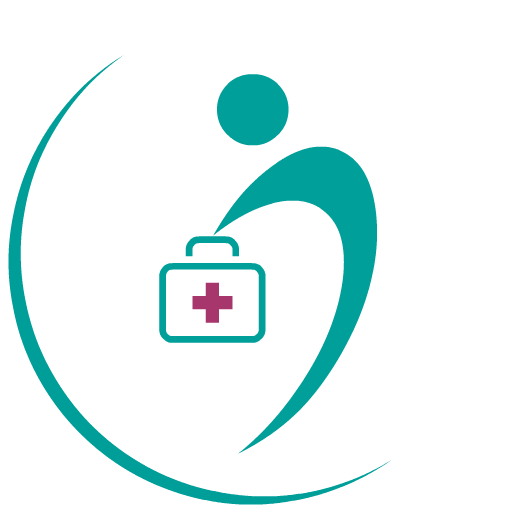Glaucoma is a group of eye diseases that damages the optic nerve, which connects the eye to the brain.
The optic nerve is responsible for carrying visual information from the retina to the brain. Glaucoma is one of the leading causes of blindness worldwide. It is estimated that about 80 million people globally are affected by glaucoma.
Causes of Glaucoma:
The exact cause of glaucoma is not fully understood, but it is often associated with high intraocular pressure (IOP). IOP is the pressure inside the eye that is created by the production and drainage of aqueous humor. Aqueous humor is a clear fluid that fills the front part of the eye. In healthy eyes, the production and drainage of aqueous humor is balanced, which helps to maintain a normal IOP. However, in people with glaucoma, the drainage of aqueous humor is impaired, leading to an increase in IOP, which can damage the optic nerve.
Other factors that may contribute to the development of glaucoma include:
Age: The risk of glaucoma increases with age, especially in people over the age of 60.
Family history: If you have a family history of glaucoma, you are at a higher risk of developing the disease.
Ethnicity: People of African, Hispanic, and Asian descent are at a higher risk of developing certain types of glaucoma.
Medical conditions: Certain medical conditions, such as diabetes and high blood pressure, may increase the risk of developing glaucoma.
Symptoms of Glaucoma:
Glaucoma is often referred to as the "silent thief of sight" because it does not typically cause symptoms in its early stages. As the disease progresses, however, you may experience the following symptoms:
Loss of peripheral vision: You may notice that you are no longer able to see objects on the side of your vision.
Tunnel vision: As the disease progresses, you may only be able to see objects that are directly in front of you.
Blurred vision: Your vision may become blurred or hazy.
Halos around lights: You may see halos around lights, especially at night.
Eye pain: You may experience eye pain or a headache.
If you are experiencing any of these symptoms, it is important to see an eye doctor as soon as possible.
Treatment of Glaucoma:
The goal of glaucoma treatment is to reduce IOP and prevent further damage to the optic nerve. Treatment options may include:
Eye drops: Prescription eye drops can be used to lower IOP.
Laser therapy: Laser therapy can be used to improve the drainage of aqueous humor and lower IOP.
Surgery: In some cases, surgery may be necessary to improve the drainage of aqueous humor and lower IOP.
Medications: Oral medications can be used to lower IOP.
In addition to these treatments, it is important to have regular eye exams to monitor the progression of the disease and to catch any changes early on.
In conclusion, glaucoma is a serious eye disease that can lead to blindness if left untreated. It is important to be aware of the risk factors and to seek medical attention if you are experiencing any symptoms. With early detection and treatment, it is possible to prevent further damage to the optic nerve and preserve your vision.
Blogs
Stay connected to health experts and read what they have to say via DocSmart.
Please sign up to create your own blog





